|
|
|
|
|
|
|
|
Photo Gallery for Eurycea wilderae - Blue Ridge Two-lined Salamander
| 27 photos are shown. |
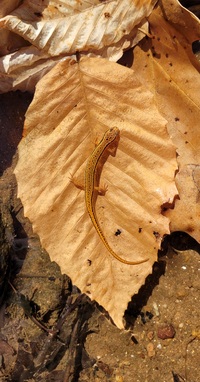 | Recorded by: Andrew W. Jones
Polk Co. |  | Recorded by: Andrew W. Jones
Polk Co. |
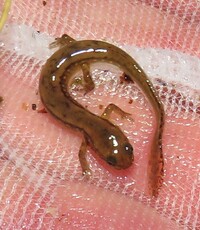 | Recorded by: B. Bockhahn
United States Co. | 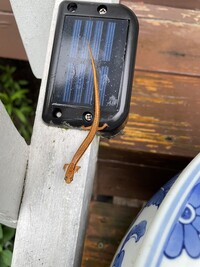 | Recorded by: K. Bischof
Transylvania Co. |
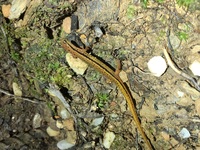 | Recorded by: B. Bockhahn, J. Thomson
Buncombe Co. |  | Recorded by: Pete Dixon
Madison Co. |
 | Recorded by: K. Bischof
Transylvania Co. |  | Recorded by: K. Bischof
Transylvania Co. |
 | Recorded by: Owen McConnell
Graham Co. | 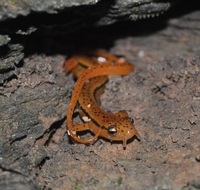 | Recorded by: K. Bischof, E. Corey
Transylvania Co. |
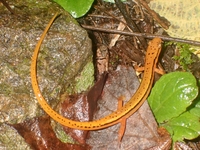 | Recorded by: tom ward
Buncombe Co. | 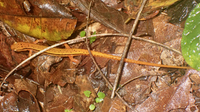 | Recorded by: tom ward
Buncombe Co. |
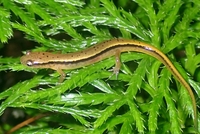 | Recorded by: tom ward
Buncombe Co. | 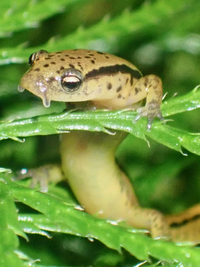 | Recorded by: tom ward
Buncombe Co. |
 | Recorded by: tom ward
Buncombe Co. | 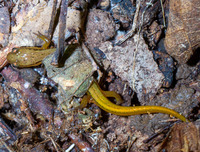 | Recorded by: Steve Hall and Bo Sullivan
Ashe Co. |
 | Recorded by: tom ward
Buncombe Co.
Comment: A view of the prominent cirri that develop on males during the breeding season. |  | Recorded by: tom ward
Buncombe Co. |
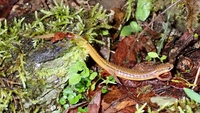 | Recorded by: tom ward
Buncombe Co. | 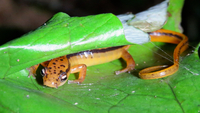 | Recorded by: tom ward
Buncombe Co. |
 | Recorded by: Owen McConnell
Graham Co. | 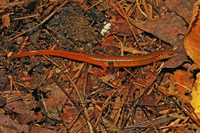 | Recorded by: Owen McConnell
Graham Co. |
 | Recorded by: Jim Petranka
Macon Co.
Comment: A view of the prominent cirri that develop on males during the breeding season. | 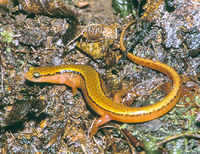 | Recorded by: Steve Hall, Haven Wiley, Dee Stuckey, UNC Vertebrate Field Biology Class
Swain Co. |
 | Recorded by: Steve Hall, Haven Wiley, Dee Stuckey, UNC Vertebrate Field Biology Class
Swain Co. | 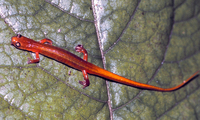 | Recorded by: Steve Hall, Haven Wiley, Dee Stuckey, UNC Vertebrate Field Biology Class
Swain Co. |
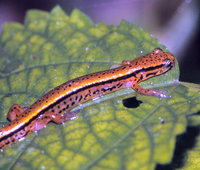 | Recorded by: Steve Hall, Haven Wiley, Dee Stuckey, UNC Vertebrate Field Biology Class
Swain Co. |
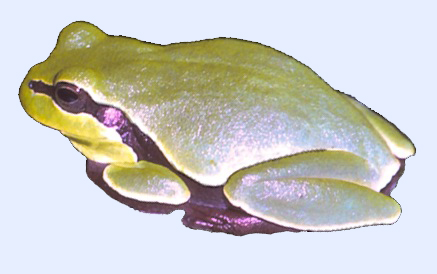
 »
»




 »
»


